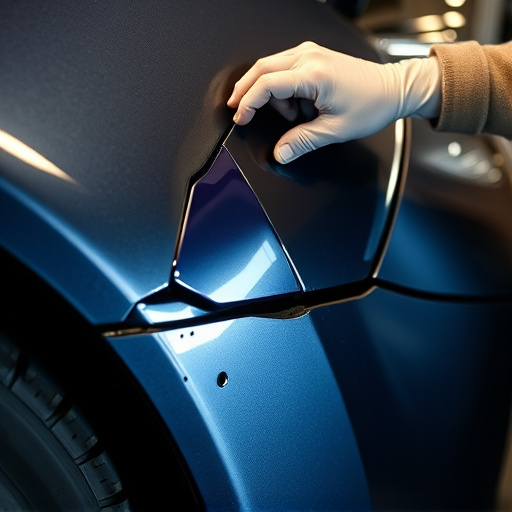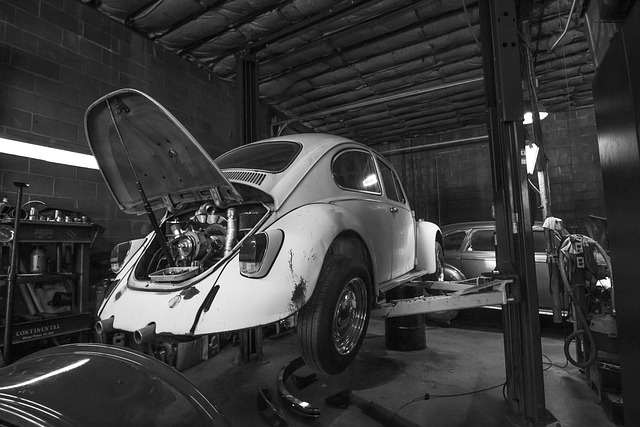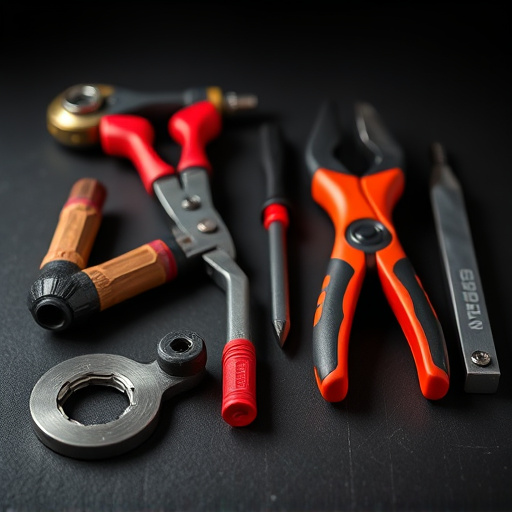Mercedes Active Body Control (MBC) enhances vehicle dynamics, but solenoid valve malfunctions can cause handling issues, reduced responsiveness, and uneven tire wear. Skilled auto collision repair experts specializing in MBC diagnostics can identify and fix these problems, restoring system functionality, stability, safety, and vehicle aesthetics through precise repair techniques using Mercedes-specific replacement parts. Regular maintenance checks, including fluid levels, tire services, and bodywork repairs, are crucial for long-term MBC health.
Mercedes Active Body Control (MBC) repairs are a critical aspect of vehicle maintenance, especially addressing solenoid valve issues. The MBC system is a sophisticated suspension technology that enhances driving dynamics and comfort. However, common problems with solenoid valves can lead to impaired performance and safety hazards. This article explores the understanding and functionality of the MBC system, highlights common solenoid valve issues, and provides best practices for effective repair and maintenance, ensuring your Mercedes remains in optimal condition.
- Understanding Mercedes Active Body Control (MBC) System and Its Functionality
- Common Solenoid Valve Issues in MBC and Their Impact
- Repairing Solenoid Valves: Steps and Best Practices for Effective Mercedes MBC Maintenance
Understanding Mercedes Active Body Control (MBC) System and Its Functionality
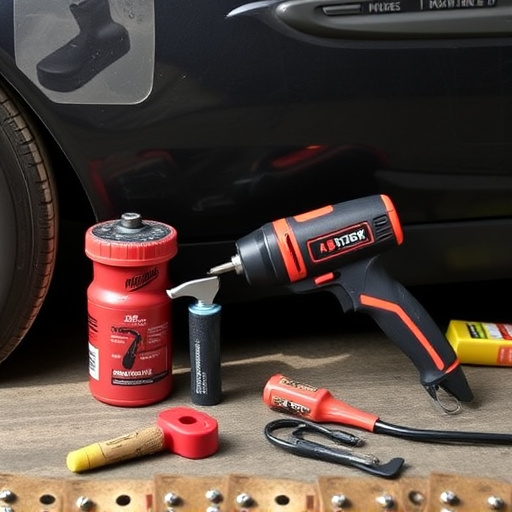
Mercedes Active Body Control (MBC) is a sophisticated system designed to ensure optimal vehicle dynamics and enhanced driving experience. This cutting-edge technology employs sensors and actuators to continuously monitor and adjust various aspects of the car’s suspension and handling. By controlling the movement of solenoid valves, MBC actively adjusts the car’s stance and response to different road conditions and driver inputs. This real-time adjustment capability is what sets Mercedes apart in terms of ride comfort and control.
When issues arise with the MBC system, particularly concerning solenoid valve malfunctions, it requires precise repair and troubleshooting. Solenoid valves play a crucial role in the overall functionality of the MBC by managing the flow of fluid to various components, allowing for controlled adjustments to suspension height, roll stiffness, and more. Therefore, Mercedes active body control repair involves specialized techniques and knowledge to identify and fix these valve problems without compromising the vehicle’s performance and safety. A well-equipped collision center or auto repair shop with experienced technicians is best suited for such repairs, ensuring the car returns to its optimal condition.
Common Solenoid Valve Issues in MBC and Their Impact
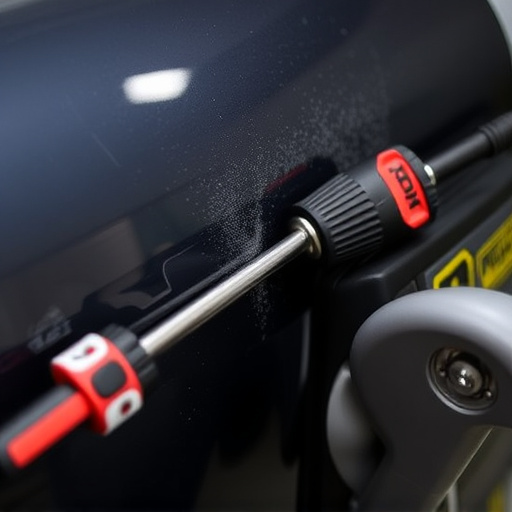
Mercedes Active Body Control (MBC) systems, responsible for enhancing vehicle stability and ride comfort, often face challenges due to intricate components like solenoid valves. Common issues with these valves include malfunction, contamination, or wear over time, leading to adverse effects on the system’s performance. When a solenoid valve in an MBC system fails, it can result in noticeable handling problems, reduced suspension responsiveness, and even uneven tire wear.
These issues can arise from various factors such as exposure to moisture, dust, or debris, internal mechanical failure, or improper maintenance. Consequently, affected vehicles may exhibit erratic steering behavior, a bumpy ride, or a lack of control during cornering. Prompt Mercedes active body control repair addressing solenoid valve problems is crucial to ensure optimal vehicle stability, safety, and the preservation of high-quality driving experience, mitigating potential risks associated with malfunctioning suspension systems. Auto collision repair experts skilled in MBC diagnostics and repairs are best equipped to tackle these challenges, offering comprehensive solutions that include car paint services if necessary, to restore both functionality and aesthetics.
Repairing Solenoid Valves: Steps and Best Practices for Effective Mercedes MBC Maintenance
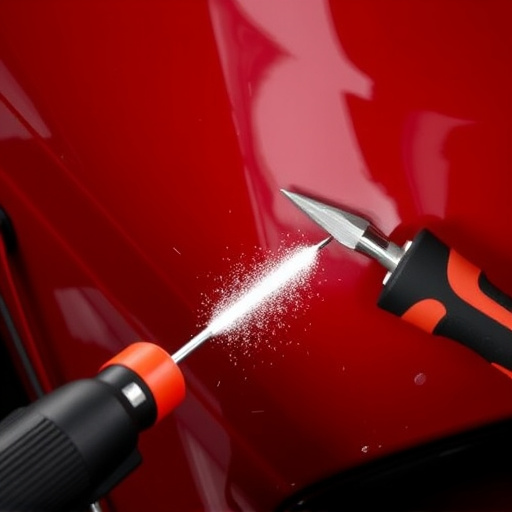
Repairing solenoid valves is a crucial step in ensuring effective Mercedes Active Body Control (MBC) maintenance. To begin, locate the faulty valve within the system, often found near the suspension components. The process involves carefully disassembling the surrounding parts to access and inspect the solenoid valve. Look for signs of damage, corrosion, or leaks, which can hinder its functionality.
Best practices recommend using high-quality replacement parts specifically designed for Mercedes MBC systems. Before reassembling, double-check all connections, ensuring they are secure and clean. Tighten any loose bolts to prevent future issues. Regular maintenance checks, including fluid level monitoring and timely repairs, contribute to the longevity of your vehicle’s active body control system. Additionally, keeping up with routine tire services and auto bodywork repairs can indirectly support optimal MBC performance.
Mercedes Active Body Control (MBC) repair, particularly focusing on solenoid valve issues, is crucial for maintaining the system’s optimal performance. By understanding common problems and implementing best practices during repairs, car owners can ensure the MBC system functions at its highest level, contributing to a smoother and safer driving experience. Efficient Mercedes active body control repair techniques are vital for addressing these issues effectively.
